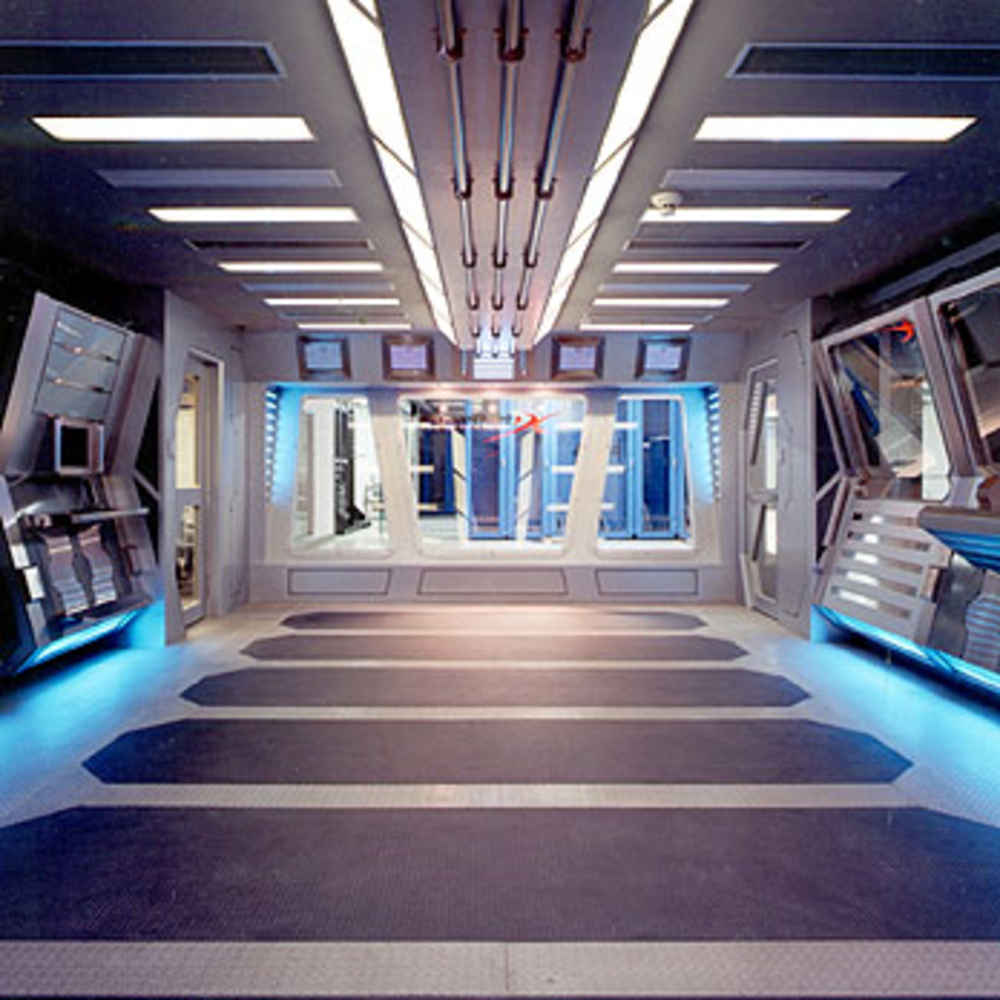Facial recognition technology (FRT) has emerged as an attractive solution to address many contemporary needs for identification and the verification of identity claims. It brings together the promise of other biometric systems, which attempt to tie identity to individually distinctive features of the body, and the more familiar functionality of visual
surveillance systems. This report develops a socio-political analysis that bridges the technical and social-scientific literatures on FRT and addresses the unique challenges and concerns that attend its development, evaluation, and specific operational uses, contexts, and goals. It highlights the potential and limitations of the technology, noting those
tasks for which it seems ready for deployment, those areas where performance obstacles may be overcome by future technological developments or sound operating procedures, and still other issues which appear intractable. Its concern with efficacy extends to ethical considerations.
From time to time we hear about the crimes of credit card fraud, computer breakin's by hackers, or security breaches in a company or government building. In the year 1998, sophisticated cyber crooks caused well over US $100 million in losses (Reuters, 1999). In most of these crimes, the criminals were taking advantage of a fundamental flaw in the conventional access control systems: the systems do not grant access by "who we are", but by "what we have", such as ID cards, keys, passwords, PIN numbers, or mother's maiden name. None of these means are really define us. Rather, they merely are means to authenticate us. It goes without saying that if someone steals, duplicates, or acquires these identity means, he or she will be able to access our data or our personal property any time they want. Recently, technology became available to allow verification of "true" individual identity. This technology is based in a field called "biometrics". Biometric access control are automated methods of verifying or recognizing the identity of a living person on the basis of some physiological characteristics, such as fingerprints or facial features, or some aspects of the person's behavior, like his/her handwriting style or keystroke patterns. Since biometric systems identify a person by biological characteristics, they are difficult to forge.
Among the various biometric ID methods, the physiological methods (fingerprint, face, DNA) are more stable than methods in behavioral category (keystroke, voice print). The reason is that physiological features are often non-alterable except by severe injury. The behavioral patterns, on the other hand, may fluctuate due to stress, fatigue, or illness. However, behavioral IDs have the advantage of being nonintrusiveness. People are more comfortable signing their names or speaking to a microphone than placing their eyes before a scanner or giving a drop of blood for DNA sequencing.
Face recognition is one of the few biometric methods that possess the merits of both high accuracy and low intrusiveness. It has the accuracy of a physiological approach without
being intrusive. For this reason, since the early 70's (Kelly, 1970), face recognition has drawn the attention of researchers in fields from security, psychology, and image processing, to computer vision.
Performance is also contingent on a number of other known factors, the most significant of which are:
Environment: The more similar the environments of the images to be compared (background, lighting conditions, camera distance, and thus the size and orientation of the head), the better the FRT will perform.
Image Age: The less time that has elapsed between the images to be compared, the better the FRT will perform.
Consistent Camera Use: The more similar the optical characteristics of the camera used for the enrollment process and for obtaining the on-site image (light intensity, focal length, color balance, etc.), the better the FRT will perform.
Gallery Size: Given that the number of possible images that enter the gallery as near-identical mathematical representations (biometric doubles) increases as the size of the gallery increases, restricting the size of the gallery in “open set” identification applications (such as watch list applications) may help maintain the integrity of the system and increase overall performance.
more from Wikipedia

















